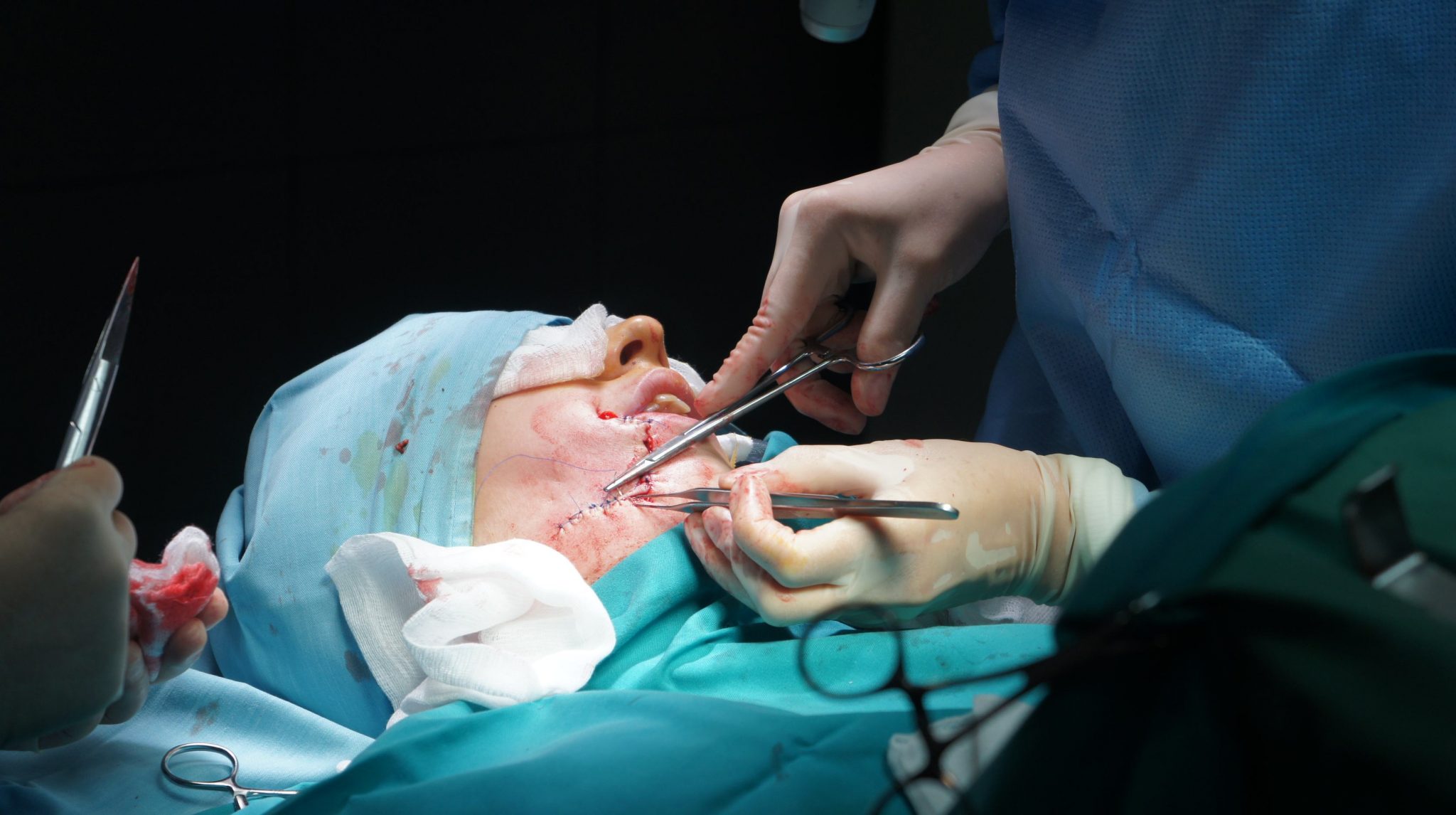Scars – how do we treat them?
Scars are part of the healing process and can occur both inside and outside the skin. External scarring occurs after the skin has suffered a dermal-epidermal loss, but scars may also occur in the internal organs, for example, in the case of muscle breakage or surgical incisions.
Treatment options vary depending on the type, location, size and shape of scars, and may include:
- Topical treatments;
- Minimally invasive procedures (dermabrasion, chemical peeling, PRP therapy, etc);
- Surgical retouching using advanced suture techniques of wounds, such as: Z PLASTY, W PLASTY, LOCAL SKIN FLAPS, TISSUE EXPANSION.
Removing scars through special plastic surgery techniques is done to improve the
appearance or condition of a scar located anywhere on the body by reducing it so that it is
in harmony with the surrounding skin. But to remember is that by no means can we
completely erase a scar, we can only improve it, camouflage, reduce as much!
Scars may be: hypertrophic, atrophic, keloid, aesthetic or functional, etc.
Depending on their etiology, scars may be postcombustional (after burns), post-operative, post-traumatic, post-acne, etc.
Depending on the type of scar, the treatment method varies, sometimes combining several procedures into several stages.



